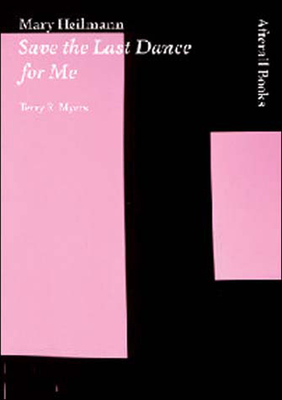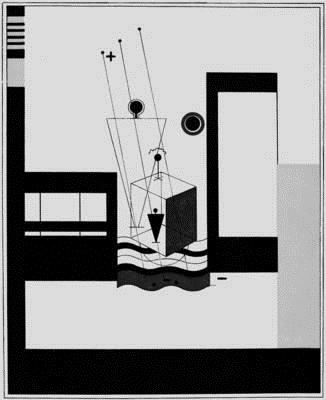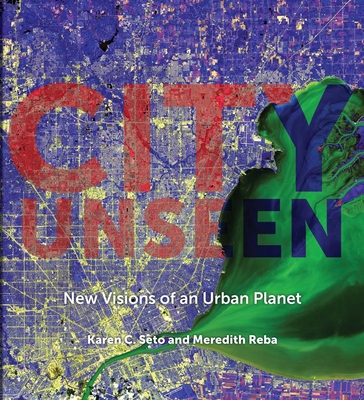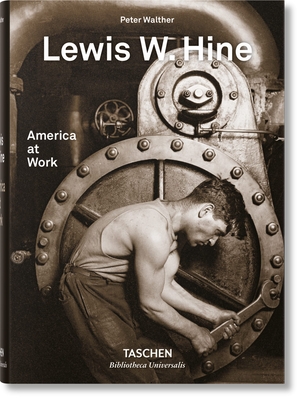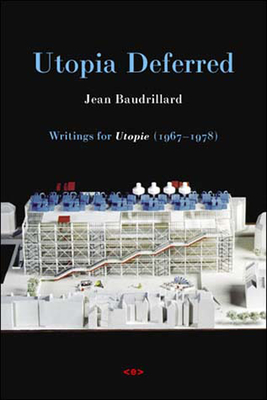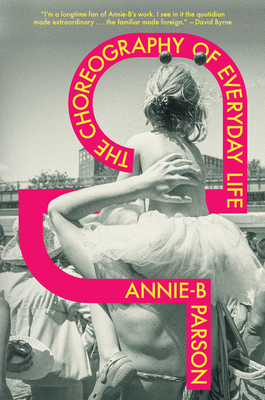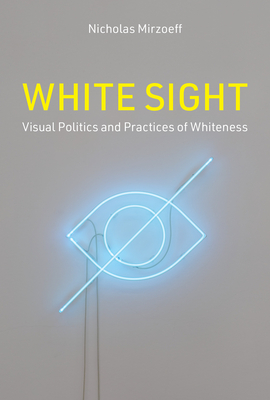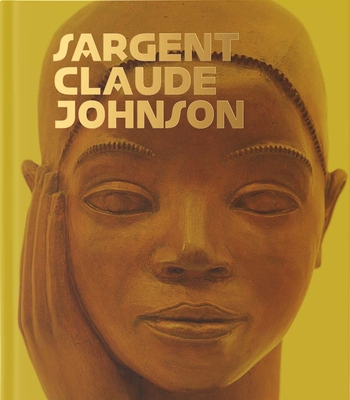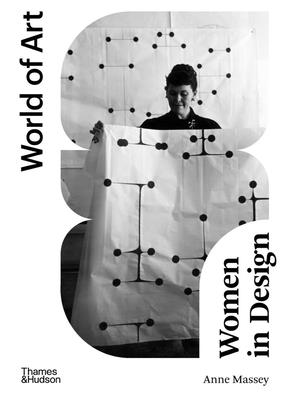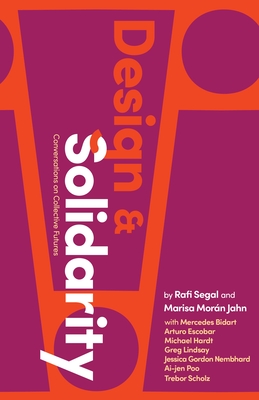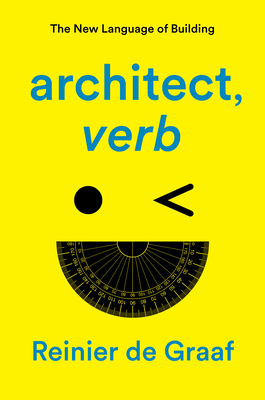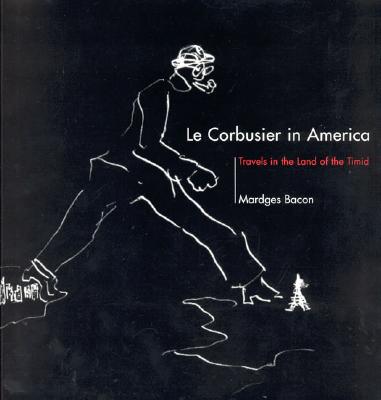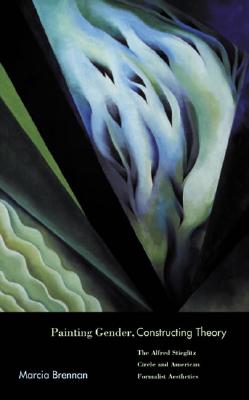
Painting Gender, Constructing Theory: The Alfred Stieglitz Circle and American Formalist Aesthetics
Description
How critical conceptions of gender and sexuality helped to advance the artistic careers of the Alfred Stieglitz Circle and influenced American formalist aesthetics.
After the closing of his first art gallery in 1917, photographer Alfred Stieglitz reemerged in the New York art world in the 1920s. He achieved his comeback in large part through the innovative means he used to promote himself and the artists of his inner circle. Stieglitz and a number of well-established critics drew on period conceptions of sexuality, gender, and cultural identity to characterize the artists he championed as the fulfillment of a shared vision of a vital, nonrepressed American art.
In Painting Gender, Constructing Theory, Marcia Brennan examines how Stieglitz and the critics drew on early-twentieth-century discourses on sex and the psyche, particularly the theories of Sigmund Freud and Havelock Ellis, to characterize the artworks of the Stieglitz circle. Critics routinely described the often highly abstracted paintings of Georgia O'Keeffe, Arthur Dove, John Marin, Marsden Hartley, and Charles Demuth as transparent displays of the most intimate aspects of the self, taking both subject matter and painterly form to be guided by the artist's own gendered and psychic energies.
Focusing on the key historical criticism and artworks, Brennan shows how the identities of all five Stieglitz circle artists were presented in terms of the masculinity and femininity, and the heterosexuality and homosexuality, thought to be embedded in their work. Brennan also discusses Stieglitz's relation to competing artistic and critical movements, including Thomas Hart Benton's regionalist art and Clement Greenberg's reformulation of formalism. Arguing that American formalist criticism consisted of a complex and paradoxical mixture of corporeality and disembodied transcendence, Brennan provides insight not only into the works of the Stieglitz circle but into the development of formalist criticism itself.
About the Author
Geoffrey E. Hinton is Professor of Computer Science at the University of Toronto.

